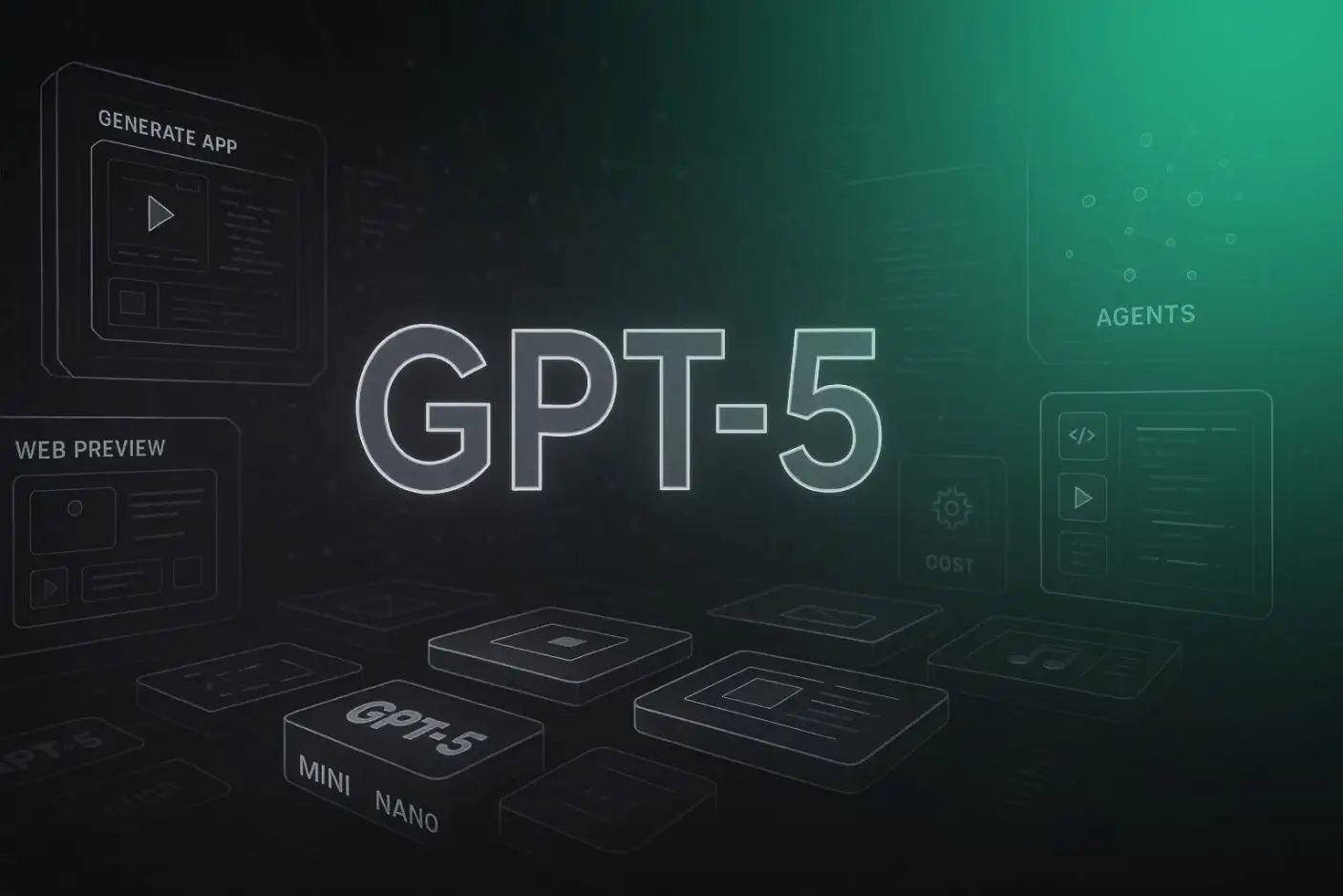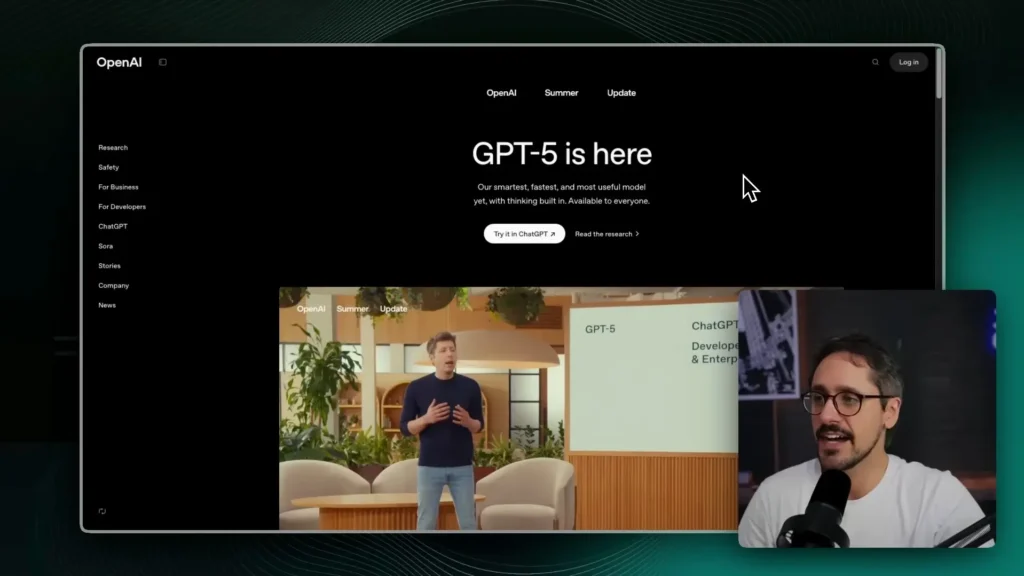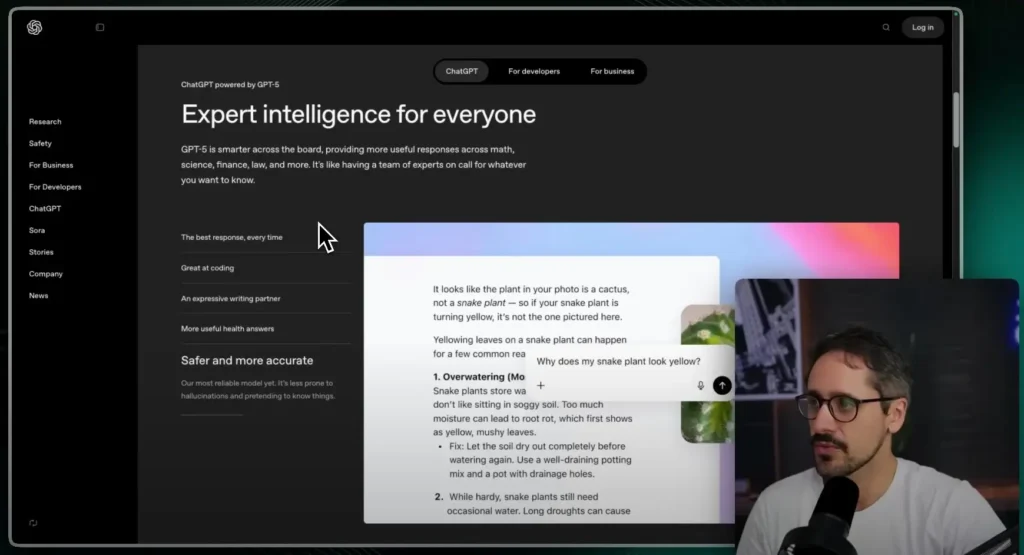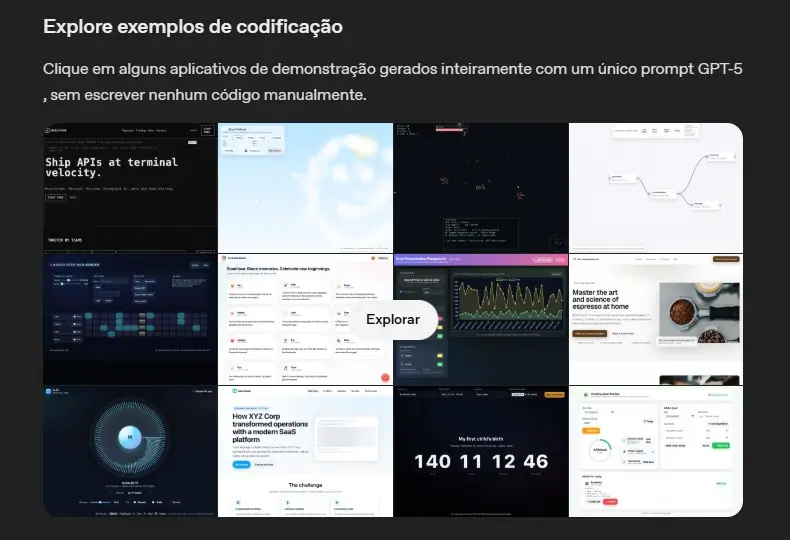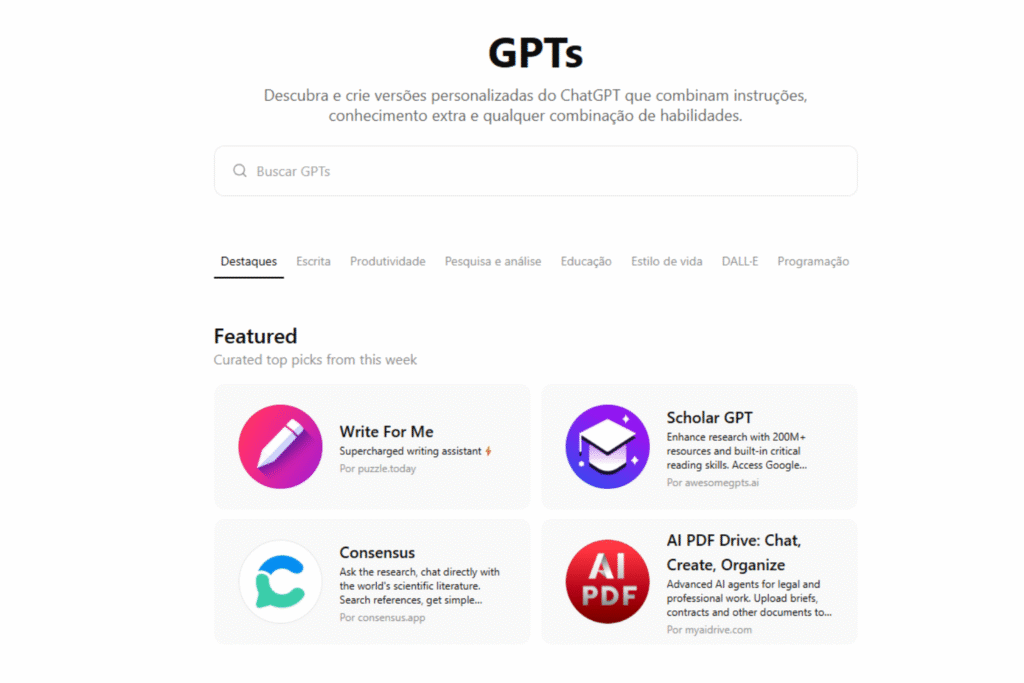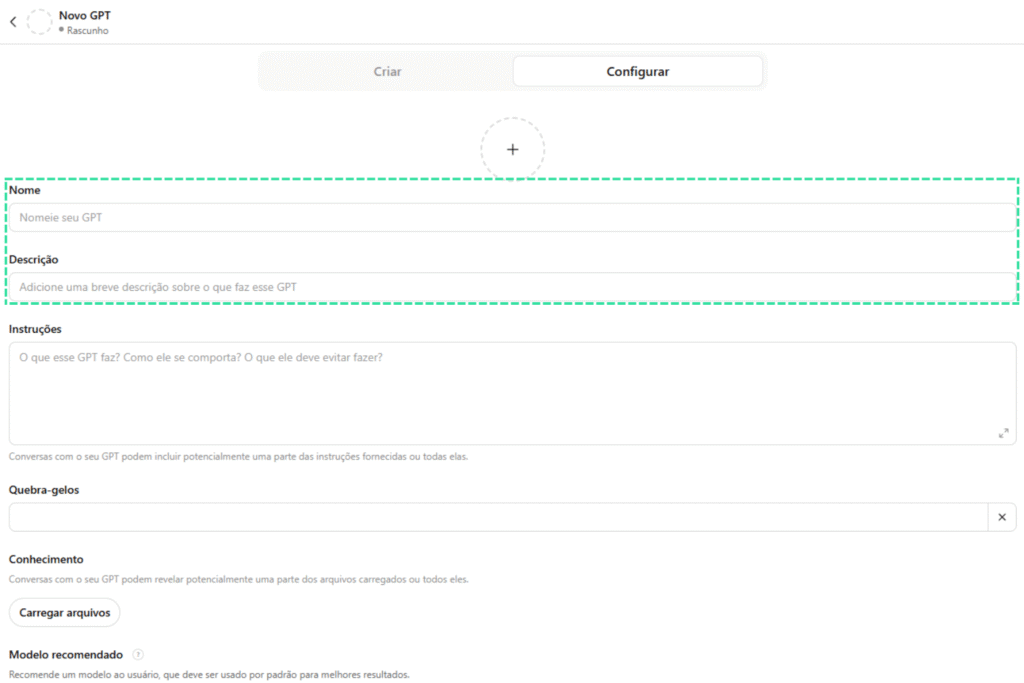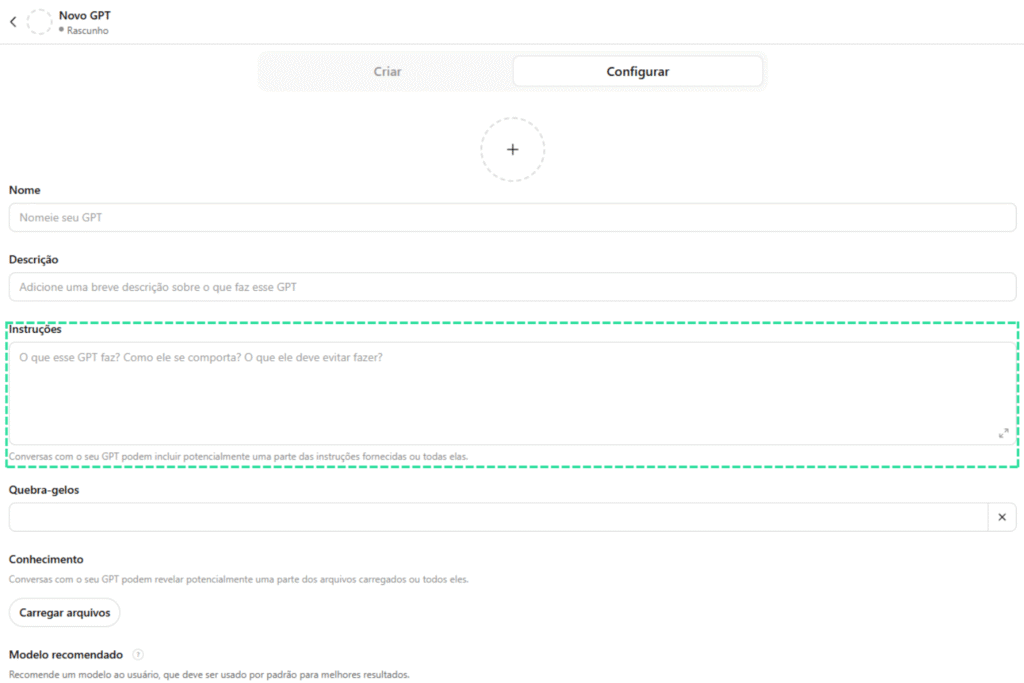With the post-pandemic digital business boom, you may have wondered how to make money on the internet and how you can take advantage of this new economy.
In this article we will approach one of the ways, in a little explored niche, the application creation, and we will explain why.
It's no secret that we are in the age of technology. After all, everyone uses some app or software on a daily basis.
With that you can already imagine that this is a market that turns a lot of money. And yet, I can tell you that this is an underexplored niche with many opportunities.
This text is the most important content of this blog. In it, we will show you the essence of what we will seek to bring in content here at No-Code Start-up.
Let's talk about the top 6 ways to make money on the internet by creating apps, and best of all: Not knowing how to program.
As a bonus, I will introduce you to a concept that will change your life: The ladder of prosperity.
Table of Contents
Great opportunity to make money online
Well, I'm sure you've heard countless stories of people making a lot of money on the internet, whether through digital marketing with product sales through an online store, digital courses or other means.
All of this intensified even more after the pandemic.
The internet is full of opportunities and it is a market that grows more and more every year.
Working with digital businesses can greatly improve your quality of life, as you can achieve financial freedom, with your own income and geographical freedom, working from home (or traveling).
Well, I think it's pretty clear to everyone that the digital market has a sea of opportunities on how to make money.
How to begin?
One of the main initial decisions is the choice of niche, as you must aim at a market with hot opportunities.
And I'll give you the golden tip! From one of the fastest growing and underexplored niches: Application creation.
Nowadays technology is used to solve thousands of different problems. People and companies need to create software to scale their business.
That's why, currently, the most sought-after professionals on the market are programmers. After all, they are capable of creating technology.
The problem is that to work in the area is an arduous path!
There are years of programming studies, projects and a lot of practical learning to become a good professional. And it's not for everyone...
The good news is that you don't need to know how to program to create apps! All this thanks to no-code, a recent term but with more and more space in the market.
In recent years, dozens of companies creating no-code tools, where we can bring apps to life just by dragging blocks and structuring all the logic behind it.
With the advanced no-code platforms, it is possible to create practically any type of application, from virtual stores, marketplaces and even elaborate SaaS (Software As a Service).
Yea! Today it is possible to create apps and systems without needing a programming language.
Well, without further ado, let's get to know the ways to make money on the internet by creating apps?
The No-Code Start-Up Prosperity Ladder
For that, I want to present a concept that changed my way of thinking and that is our driver here in our content and in our Youtube channel: The Ladder of Prosperity.
It shows how a person can grow their wealth throughout their life. Each step has its challenges and difficulties, but as they are reached, projects become bigger and financial prosperity increases exponentially.
We have also adapted the ladder to the world of nocode, making it easier for you to understand how to make money on the internet with no-code. But come here with me and I'll explain it to you in detail:
Step 1 – Employee

Rung 01 is where most people are or start.
The first step is the traditional work model, where we exchange our hours worked for a salary in a company.
Within the no-code world, we can use it to create powerful automations or internal softwares.
Benefits
- It is the “easiest” and safest way to start earning money.
- It's ideal to start with, as you learn essential skills in a professional environment, in a controlled environment.
Considerations
- As we have limited time, our earnings are also limited – You can even level up and be promoted, but in most cases your financial gain is from the hour worked.
- It may happen that we do not have financial and geographic freedom depending on the vacancy.
- In addition, we are subject to all the problems we already know: salary, boss, and all known problems in the business world.
Step 2 – Freelancer No-Code

Climbing up to the next rung is where you work as a no-code freelancer.
In this case you still exchange your working hours for a value, but now you own your own company and perform software development using no-code tools.
There are hundreds of companies, startups and people looking for no-code freelancers, the opportunities are huge.
Benefits
- Possibility to work more hours and receive more for it. Or work less if you want, have fewer responsibilities (there are no fixed hours).
- Now you have more professional freedom.
- You can build a personal brand and increase your ticket.
Considerations
- Along with freedom comes risk – You have to worry about getting more projects, because you don't have the salary falling normally.
- Here, in this case, you are still tied to your working hours.
Challenges to climb this step:
- self management
- Create a strong personal brand
- Sales (on a small scale)
Step 3 – Mentoring

On step 3 you offer your experience and expertise for consulting sessions in the no-code world.
It requires you to have great technical mastery of what you are proposing to mentor in addition to a strong positioning as a reference to get clients.
Benefits
- Here you still earn per hour, but usually a much higher amount as it is a specialized service and 1 - 1.
- You can sell mentorship packages, creating a revenue stream.
Considerations
- A lot of project experience is required.
- It's interesting to have a strong personal brand and contact network.
Step 4 – No-code Agency – Software House no-code

As a feelancer you manage to run a limited number of projects, it's time to move forward on the ladder of prosperity, expanding the number of projects by creating your own no-code agency.
At this point you have people running the projects for you, so the number of projects under your management can grow.
But big responsibilities such as hiring, people management and process management are starting to be important.
Benefits
- Expansion and increase in revenue
- You can outsource services and
Considerations
- Increased complexity in project management
- greater responsibility
Challenges to climb this step:
- Better defined professional processes
- sales processes
- Hiring and managing people
Step 5 – Micro-SaaS

So far, we have dealt a lot with services, which are generally directly linked to hours worked, whether yours or those of your employees.
In this step 05 we start to separate hours worked from the revenue generated with products.
Micro-SaaS is a term that has been gaining strength in recent years, as it is a type of project that requires less effort from the entrepreneur, since it solves a small problem, usually in a specific niche.
As it is a “product”, the word scale starts to make more sense, as your efforts do not grow as the number of customers grows and that is where beauty lives.
Benefits
- Work with “products” and gain scale
- Positioning yourself in a micro niche makes it easier to create a valuable product
- Create systems with less complexity and generate recurring revenue
Considerations
- Deal validation can be an arduous process and will take many failures to get it right
- In most cases there is no intention to scale and grow exponentially because here we focus on just one niche.
Step 6 – Startup
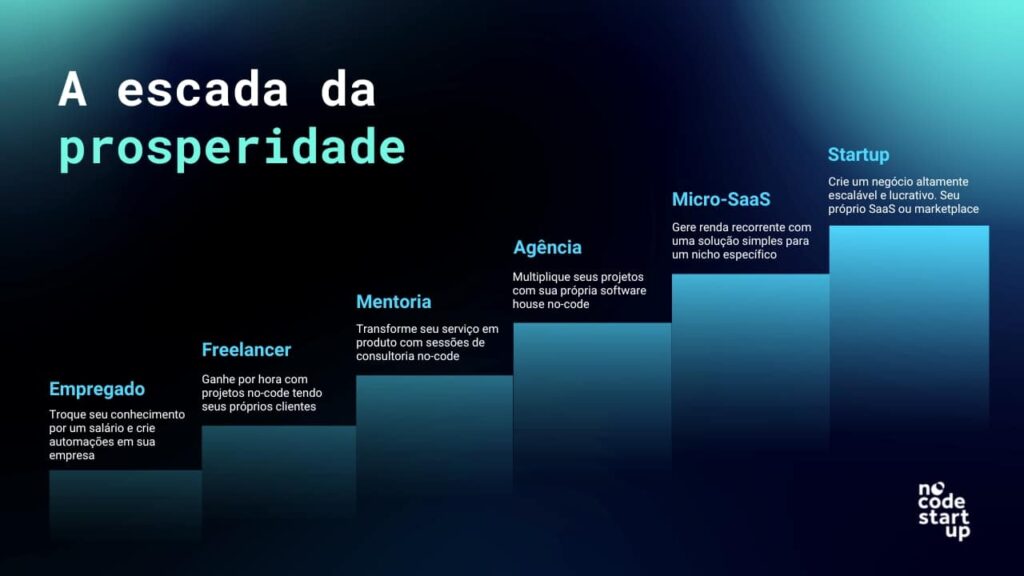
Finally, the last step on the prosperity ladder and one of the ways to make money on the internet with no-code is to create your own Startup.
A startup is nothing more than a business that can scale exponentially and be highly profitable. It can be a SaaS, marketplace, ecommerce, platform or even a digital bank.
Examples of the largest Brazilian startups – Nubank, Gympass, Quinto Andar and Hotmart.
Citing as an example the startup of the founders of No-Code Start-Up (Matheus Castelo and Celso Camarano), you can get to know Ikigai Experience, today the largest digital diving agency in Latin America.
Benefits
- You can create SaaS / micro SaaS to have recurring income with products.
- You will be able to exponentially scale your business,
Considerations
- Increased complexity of creating a successful product
- It requires great market validation and depending on the niche and solution, high investment.
- It involves many areas.
Thoughts on the no-code Prosperity Ladder
It is important to comment that one step is not better than the other, each step has its characteristics, strengths and points of consideration.
It's also not because the staircase is divided this way that you need to start at the base and climb the staircase step by step. T
It doesn't mean that you can't be on two steps at the same time.
On your financial journey, ask yourself:
- What scale do you want to reach? On a financial level
- What lifestyle do you want? What kind of problems do you want to solve?
This ladder can be applied to many different business niches. However, we strongly believe that the no-code is the most powerful way to move between all these steps!
That's why here at No-Code Start-Up, the ladder of prosperity will be the basis for all our content. It is the core of our business, and our mission is to help you take every step forward with no-code.
Right, but now that we understand the ladder. Let's explore each step further and find out how to make money on the internet by creating applications with no-code?

Let's go to the options:
How to make money on the internet by creating apps in a company
Right, but now that we understand the ladder. Let's explore each step further and find out how to make money creating apps?
The first way is to use no-code within companies. In this case we have two possibilities:
1 – If you already work in a company, you can use no-code to create robust automations or create powerful internal softwares for your team.
Examples of internal projects:
- Automate filling out spreadsheets or sending emails
- Automate reports
- Automate communication with customers
- Create a job portal for hiring
2 – The second way is to look for vacancies in a company that is hiring nocode programmers. It could be to create apps, websites or automations.
As programmer labor is very expensive, many companies are starting to invest in no-code tools. Over the years, the number of vacancies for nocode programmers will explode.
company vacancies
- bubble programmer
- Work as a SAP Appgyver (SAP) developer
- Power apps with many vacancies due to easy access to the tool by companies
Average no-code Bubble 2022 developer salary in Brazil
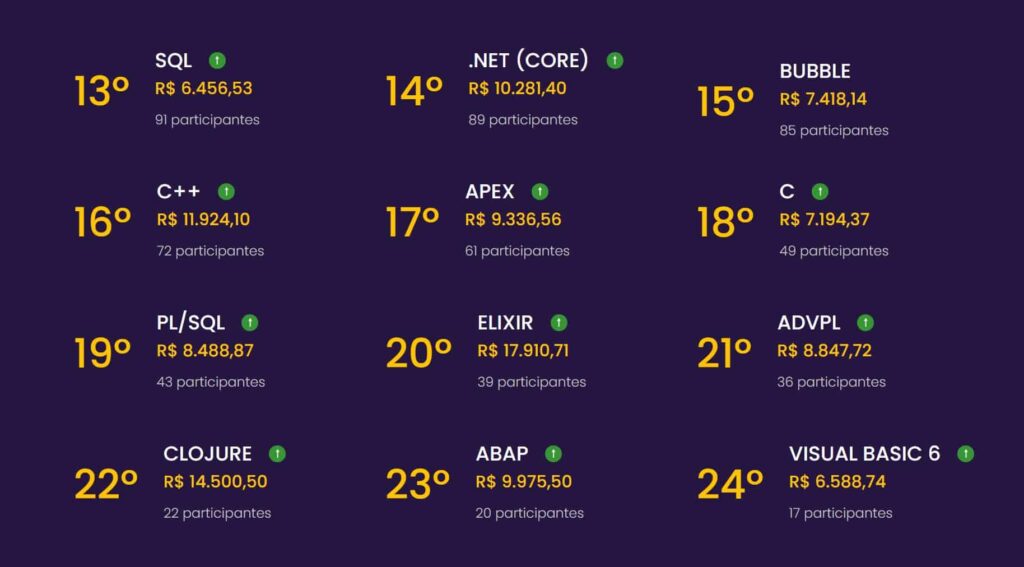
No-code is still new to the business world, but over the years the market will be more and more into the No-Code universe.
How to make money on the internet by creating apps like Freelancer no-code
On the next step, it's time to become a freelancer and earn money on the internet by developing apps and softwares. In this case you can earn money:
- Creating applications for small regional businesses;
- Creating Apps for Startups
- Creating apps for Brazilian No Code Agencies
- Creating apps for international projects
Here the opportunities are practically limitless! Because there are many companies in need of technology creators, such as startups and no-code agencies.
In Brazil, you can find opportunities as a no-code developer in no-code communities, such as the No-Code Start-Up community itself, positioning yourself as an expert on social networks or partnering with no-code agencies.
In addition, it is also possible to find projects on freelancing platforms such as Upword and Fiverr.
In the international market, the opportunities are even greater, where you can take on projects such as freelancing and earn in dollars.
It is possible to work in partnership with some freelancer platforms focused on no-code such as WeLoveNoCode and Codemap.
And as in Brazil, you can also partner with no-code agencies, such as AirDev, one of the largest no-code agencies in the world.
Make money on the internet by mentoring no-code
On this step you use your knowledge and experience to mentor in the world of nocode
You can mentor:
- application planning
- Technical support
- monetization methods
- Market strategy
Mentoring is a great way to increase the value of your time. It is a personalized 1-1 service and requires greater expertise in the subject.
In international opportunities, mentoring can reach U$D100 or even U$D150 per hour.
To find opportunities of this type, you need to have a strong personal brand, a good portfolio and start building a network of contacts.
For this, it is important from the beginning of your journey to focus on developing a good portfolio, ideally on your own personal website and developing a relationship of reference on social networks such as Twitter and Linkedin.
Scale your projects and billing with your no-code Software house
On the next step, it's time for you to go a step further and create an Agency. At this stage, it is necessary to organize the house, have good management and sales processes. In addition to knowing how to hire and manage people.
This way, you will be able to multiply your project. As a freelancer, your income will be limited, as you only depend on your own time.
With a No Code Software House you will be able to get more projects, hire developers and manage your company.
To create an agency is a big step, because here, in addition to nocode's skills, you need to have numerous business and people management skills.
There are no shortcuts to creating your own software house no-code, you will need to have gone through the freelancer step or have worked in a company developing applications to increase your chances of success.
Seeking business mentors can be of great help at this stage, after all you are actually setting up a company and a lot of knowledge will now be needed. Mentors can be the fastest way to success.
How to make money on the internet by creating your Micro-SaaS application
A micro-saas must solve a real and clear problem and to be “micro”, it is often specific and niche. They are perfect for creating a less complex project, but which generates a good recurring financial return.
In order to earn money on the internet with your Micro-SaaS, it will be important that you go through the problem and solution validation steps.
You will need to understand well:
- What problem are you proposing to solve?
- Who in fact is the main person who suffers from this problem.
- How big is that market.
- If there are competitors
- What sets you apart and why do you
Some examples of Micro-SaaS:
- Testimonial – Collect and embed testimonials in minutes
- Yep.so – Build landings pages that convert in 15 minutes.
Micro-SaaS is a trending term as it is a business that can be managed with a lean team and allow for a more relaxed lifestyle compared to startups.
You can learn more about this world and ways to earn money on the internet by creating Micro-SaaS applications by following our channel and also the Micro-SaaS community by Bruno Okamoto, space 100% focused on Micro-SaaS.
Create your own startup with no-code
As well as for the development of Micro-SaaS, the no-code fits perfectly for the creation of new startups, as its creative power, innovation and flexibility are impressive.
We believe that in a few years, ALL technology-based startups (applications and softwares) will be born from no-code tools.
With weeks or months we can create applications and softwares. So we can create technology to solve people's problems and have our own startup.
You can create a startup focused on:
- A SaaS (Software as a Service) or Micro SaaS to solve a specific problem and charge per subscription;
- An ecommerce to sell products;
- A Marketplace
- Or any other technology...
As an example we cite the Ikigai Experience, a digital agency created by Matheus and Neto, fully funded by no-code and which today earns thousands of reais annually from the sale of diving experiences.
To make money with your startup, as well as with your micro-saas, it is important that your idea is validated and solves a real problem.
Many startups die for not finding a “Product Market Fit”, which is nothing more than finding the ideal product for the problem you are trying to solve.
By finding your niche and your “PMF”, your business will have the possibility to scale exponentially.
But we cannot fail to mention that creating a startup is a complete process that requires numerous areas of knowledge and action, not just technology.
I hope this content has opened your mind about the possibilities of how to make money on the internet by creating apps and that you have understood the power of no-code for this.
If you liked this content, be sure to subscribe to our YouTube channel and share this content.
Want to start learning no-code and join this revolution?
Meet our free bubble course and start building complete apps today
How to make money on the internet with no-code?
1. Employee in a company
2. As a freelancer
3. Giving mentorships no-code
4. Creating your software house no-code
5. Creating your micro-saas
6. Creating your start-up
What is the no-code prosperity ladder?
Concept created by No-Code Start-Up that demonstrates the possible paths for a no-code professional.
Each path has its benefits and consideration points, generating different levels of income and lifestyles.
Additional Content:







